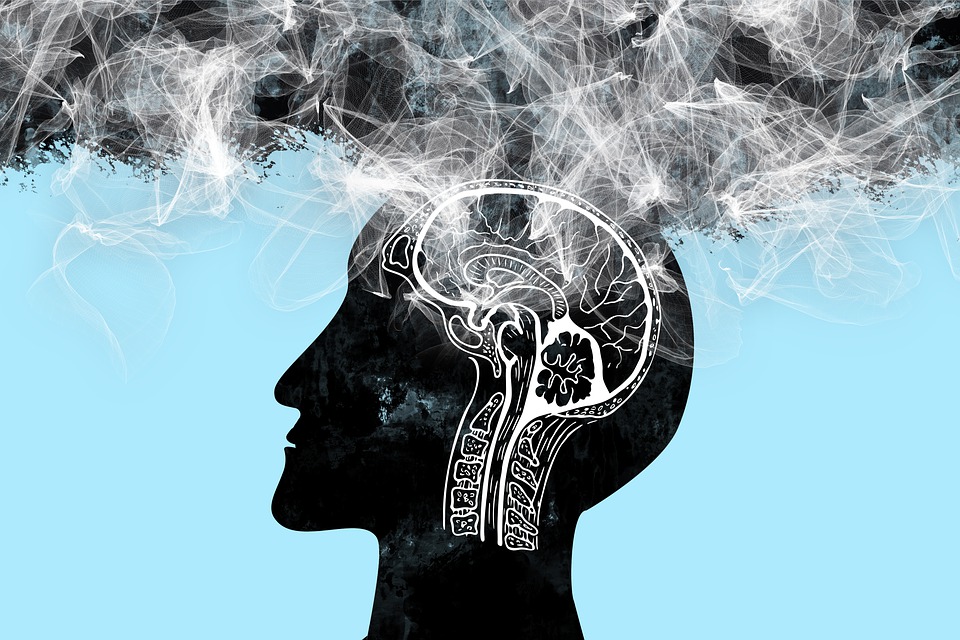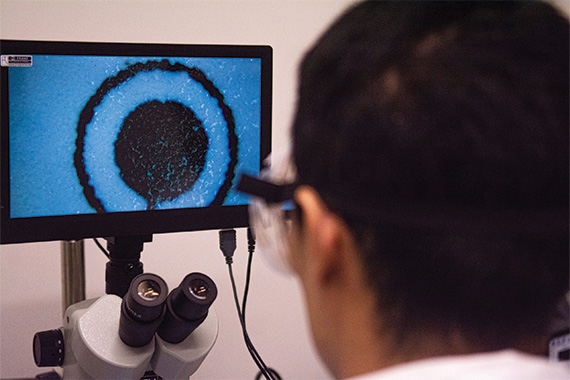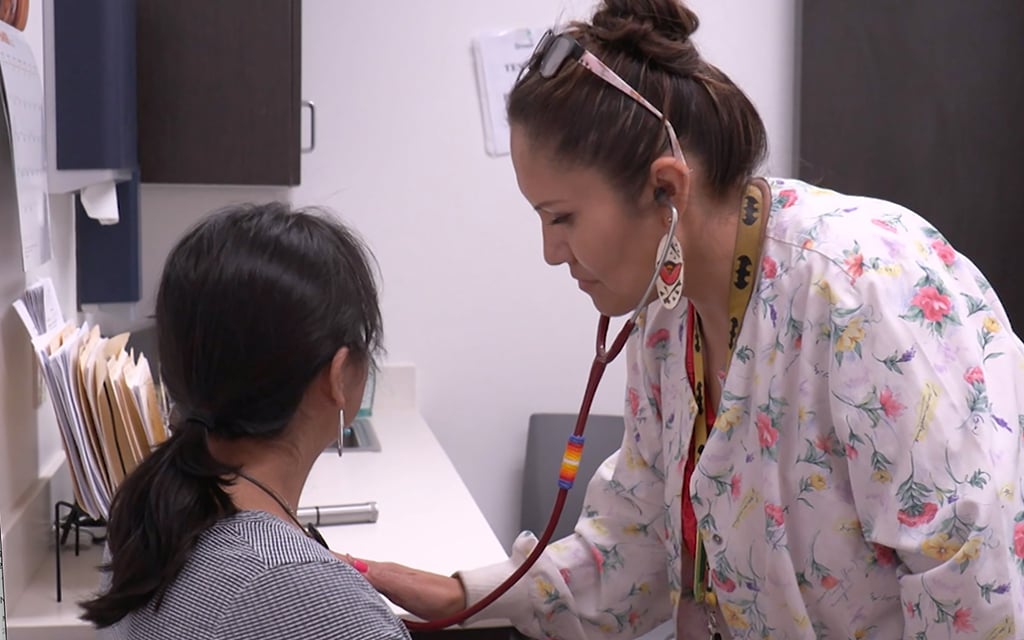As the prevalence of dementia continues to rise, early detection becomes paramount for effective management. The need for proactive measures arises from the lengthy process of waiting for a formal diagnosis. Examine how probability statistics derived from observed behaviors can help inform important decisions in the interim and provide insights into the likelihood of dementia.

Understanding Cognitive Events
Witnessing a loved one exhibit cognitive lapses can be distressing. Distinguishing between normal aging and potential signs of dementia requires a nuanced approach. Explore the nine types of cognitive events and learn which ones might signal a deeper concern, with disorientation being a significant red flag. Identifying various cognitive events, such as forgetting names, misplacing objects, or struggling with sequencing, can raise concerns. While occasional lapses may align with normal aging, the simultaneous occurrence of multiple worrisome events suggests a broader cognitive issue, possibly linked to dementia.
The frequency of cognitive events provides valuable insights into their significance. Aging brains may undergo natural changes, but a consistent pattern of increased cognitive lapses, such as forgetting keys or repeating questions, could indicate a more profound issue. Monitoring the frequency and trends becomes crucial for informed decision-making.
In the absence of an immediate diagnosis, probability statistics offer a practical approach to gauge the likelihood of dementia. By assessing key elements like frequency, strangeness, context, and memory, individuals can make informed decisions while awaiting formal evaluations. Examining the peculiarity of cognitive events and their contextual relevance is vital. Unusual behaviors, like placing keys in unexpected locations, may carry higher probabilities of dementia-related concerns. Meanwhile, understanding the context surrounding these events helps differentiate between age-related lapses and potential dementia indicators.
READ ALSO: NanoString Achieves Groundbreaking Single-Cell Whole Transcriptome Imaging with CosMx SMI
Memory as a Diagnostic Factor
While memory is integral to dementia assessments, not all memory types hold equal diagnostic weight. Working memory, responsible for executing actions based on gathered information, becomes particularly significant. Deficiencies in working memory may signal a higher probability of dementia, emphasizing its role in the diagnostic process.
In the absence of immediate neurologist appointments, leveraging probability statistics empowers individuals to navigate critical decisions. Factors such as age, cognitive event types, and memory deficiencies contribute to the overall probability assessment. These insights guide whether to take immediate action or await formal diagnoses, ensuring proactive and informed choices.
READ ALSO: Philips Breathing Device Replacement Raises New Safety Concerns, Investigation Reveals



